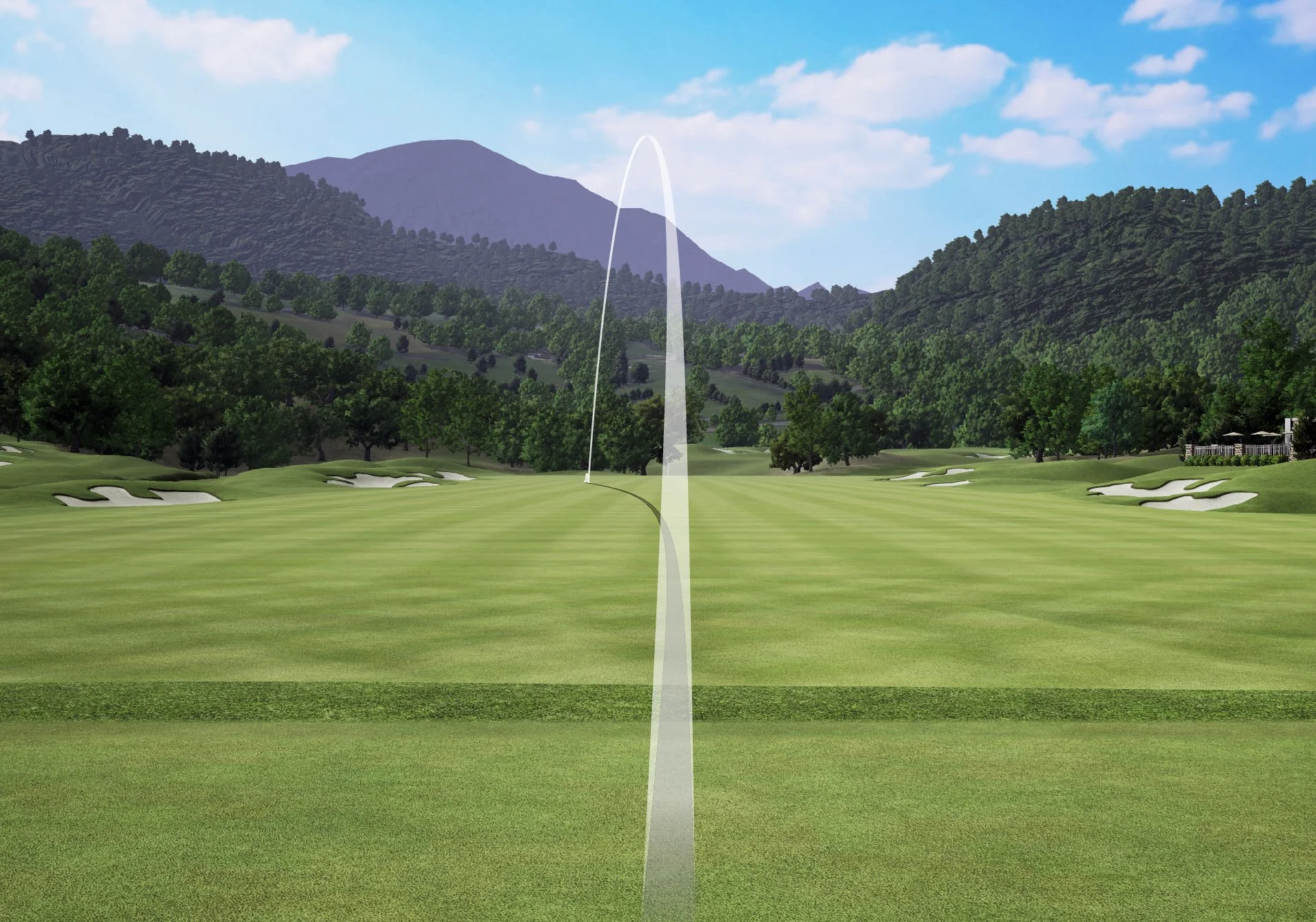When I ask children I teach at Whittlebury Park and at local schools what they think Angle of Attack means, they come out with some classics. ‘How to attack your opponent’ was one response. ‘Is it something to do with fishing’ was another.
I don’t expect kids new to the game to understand what angle of attack is but I believe it’s very important that experienced golfers wanting to improve understand the concept and importance of this. Get it right and it will help you strike the ball as well as you can and as efficiently as you can. Get it wrong and you could be hitting your driver the same distance as your 6 iron.
But what does it mean?
The angle of attack (or angle of approach it has been known as) is the vertical angle of the clubhead compared to the ground. Get the angle of attack wrong and you could be hitting fat or thin irons, with the driver you could be topping or ‘skying’ (popping up) the driver. All destructive shots and all very common mistakes in amateur golfers, sometimes occurring in professionals, albeit very rarely.
But what is the correct angle of attack and how do I achieve it?
This depends on what club you’re hitting. For an iron, the club needs to hit downwards to ‘pinch and collect’ the ball from the surface (only slightly………3 degrees down being a good number) with the driver ideally requiring an upward angle of attack due to the fact it is sitting up on a tee and has the 2nd lowest loft of any club in the bag (behind the putter). An upward angle of attack with a driver will help you launch the ball higher and lower the spin rate, leading to longer drives. For example, a player who swings the driver at 75 mph and hits down by 5 degrees can achieve a driver potential distance of 178 yards. A player who swings the driver at the same speed but hits UP by 5 degrees can achieve a potential distance of 199 yards due to higher launch and less spin being imparted on the golf ball.
I see too many higher handicappers hit down with the driver, usually resulting in the 3 wood or even some irons going further than the driver and questioning the need to use a driver.
The most effective way of hitting up on the driver and hitting down on a driver lies in the set up. For the driver, to hit more up on the ball, tilting the spine AWAY from the target (giving the impression and feel the right shoulder is lower than the left for a right-handed golfer). This will help the club move in more of an upward direction, enabling the low point of the golf club to be slightly before striking the golf ball, then the club has no choice to move upwards.
For the iron, to be able to hit downwards, is the opposite. The trick is to lean SLIGHTLY (I emphasise the word ‘slightly’) towards the target, with the handle of the golf club ahead of the ball at impact.



